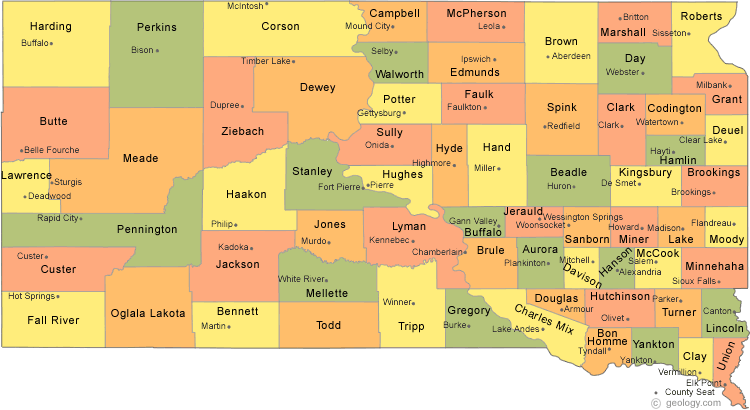With the authors permission, I am posting the following email. I believe she has already corresponded with some members of this forum. Others may be able to help her out.
Thanks
Margit
Hi Margit, My name is Jean Pedersen, and I’m studying N.E. Hansen for my masters project at the University of Nebraska. I have compiled a list of plants introduced by N.E. Hansen, and I’m trying to determine which plants are still available. Do you know where any of these roses can be found?
Here is the list. The dates are introduction dates. The (*) indicates roses that were on record as being in Sangerhausen Germany over 40 years ago. The (#) indicates that ones that I have.
I would appreciate it if you put the list in the forum for me, but then I’m not sure if I know how to monitor responses.
I really appreciate any help anyone can provide.
Thank you!
Jean
Pedersen, Jean
E-mail Address(es):
1930 Alika (Gallica grandiflora)#
1927 Amdo rose (rugosa)*
1927 Ekta Rose (hybrid china)*
Emmadora
Erskine
Fiesta
Hansen Hedge (Rosa woodsii?)
1927 Kitana Rose (rugosa)*
1927 Koza Rose (rugosa)*
1938 Lillian Gibson#
1927 Minisa Rose (rugosa)*
1927 Mrs. Mina Lindell Rose
1927 Okaga Rose*
1938 Pax Amanda
1938 Pax Apollo Rose#
1938 Pax Iola Rose
1907 Rosa Rugosa, Siberian Form
R. galactica grandiflora
Rosa Pavot (#1)
1927 Semi Rose (1913 Rosa laxa Retz.)
1927 Sioux Beauty Rose*
Tegala Rose*
Teton Beauty Rose*
1912 Tetonkaha Rose (rugosa)*
1927 Yanka Rose*
1927 Yatkan Rose*
1940 Yawa
1927 Yuhla Rose (Setigera)*
1927 Zani Rose*
1927 Zika Rose
1942 Zitkala
Pedersen, Jean
E-mail Address(es):
